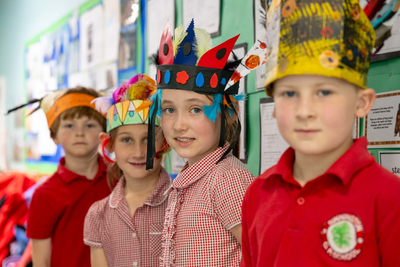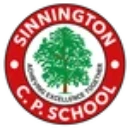Design and Technology
At Sinnington Community Primary School, we value Design Technology. Design and technology is an inspiring, rigorous and practical subject. Using creativity and imagination, pupils design and make products that solve real and relevant problems within a variety of contexts linked to their class projects when relevant. They acquire a broad range of subject knowledge and draw on disciplines such as mathematics, science, engineering, computing and art. Children learn how to take risks, becoming resourceful, innovative, enterprising and capable citizens. Through the evaluation of past and present design and technology, they develop an understanding of its impact on daily life and the wider world. A well-rounded design and technology education makes an essential contribution to the creativity, culture, wealth and well-being of the nation.
Intent
Our intent is for children to have:
- Good levels of originality and the willingness to take creative risks to produce innovative ideas and prototypes.
- An excellent attitude to learning and independent working and passion for the subject and knowledge of, up-to-date technological innovations in materials, products and systems.
- The ability to use time efficiently and work constructively and productively with others.
- The ability to carry out research, show initiative and ask questions to develop an exceptionally detailed knowledge of users’ needs.
- The ability to act as responsible designers and makers, working ethically, using finite materials carefully and working safely.
- A good knowledge of which tools, equipment and materials to use to make their products.
- The ability to apply mathematical knowledge.
- The ability to manage risks to manufacture products safely and hygienically

Implementation:
-
In EYFS, children explore materials, tools and construction through play. They build fine motor skills and creativity using equipment such as scissors, malleable materials, and building blocks.
-
In Key Stages 1 and 2, children follow a clear sequence: design, make, evaluate.
-
Each project is linked to a real product or designer and includes relevant technical vocabulary and knowledge.
-
Children keep a DT journal to record their thinking, planning and final outcomes—demonstrating their learning journey from concept to creation.
-
A yearly Whole School projects linked to STEM encourages the whole school to focus on a certain theme and to share their learning experiences with each other.

